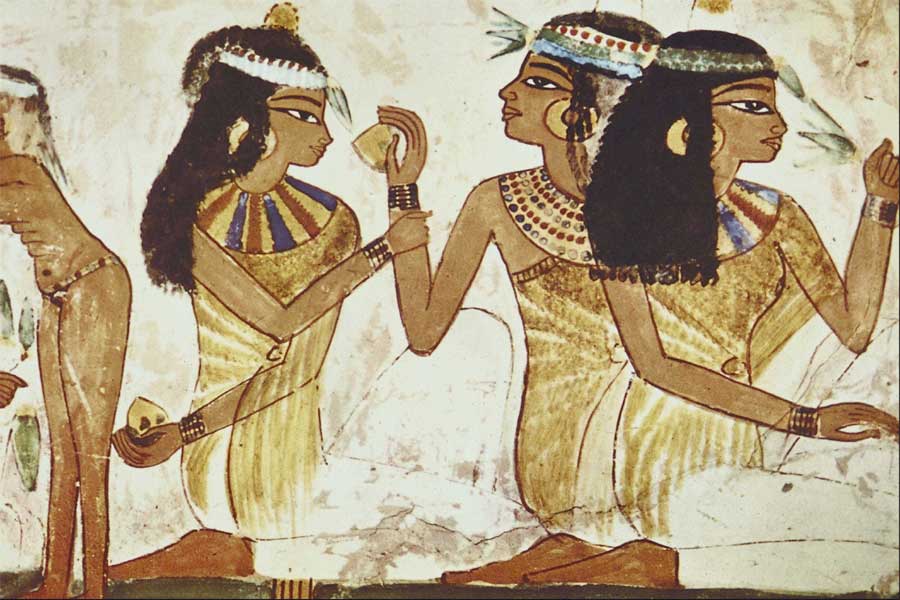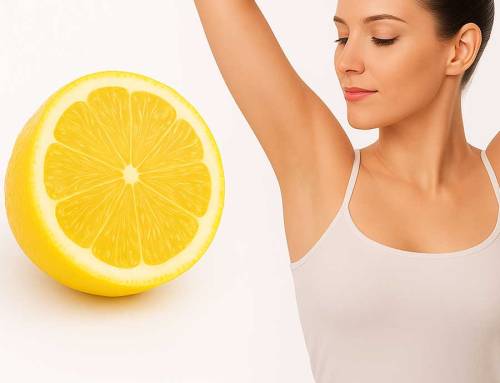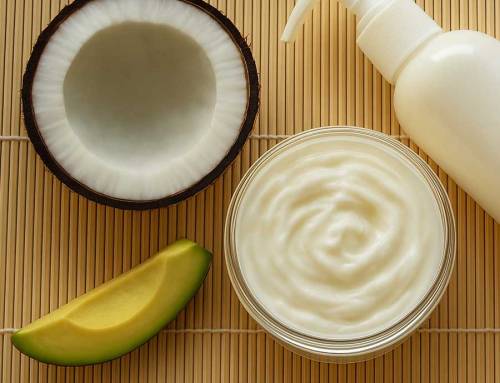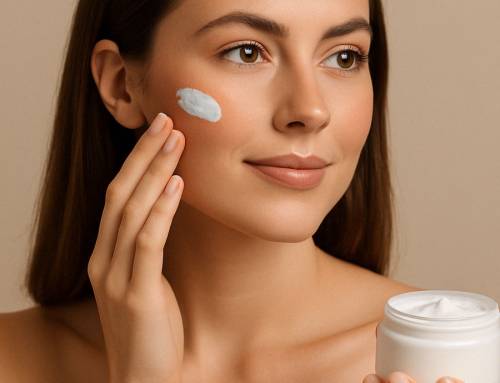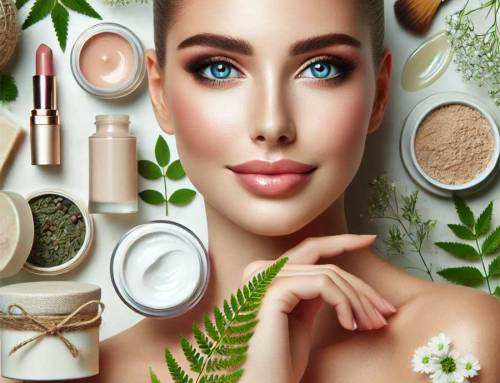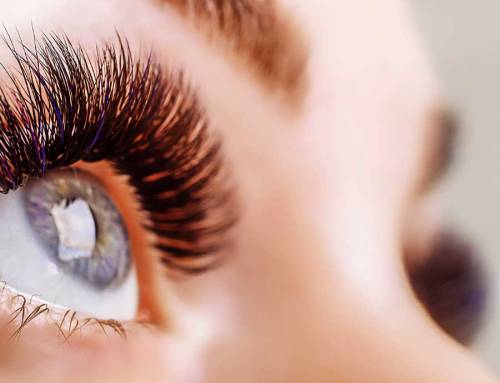Beauty was of great importance in ancient Egypt. Both men and women made every effort to look their best, and social status was often reflected by the amount of makeup applied. Cleanliness and care of the body were necessary not only for good health and protection from evil, but also as a sign of humility. On top of that, beauty rituals practiced in Ancient Egypt were not only aesthetically functional, but also had important social and spiritual significance.
Basic hygiene was at the heart of the beauty secrets practiced in Ancient Egypt. All the sweat and sand caused by the dry heat of the Egyptian climate had to be washed away before anything else could be applied. To achieve this, most Egyptians apparently bathed in the Nile, although ancient baths have also been found. Some examples are the public baths that have been excavated in the city of Tebtunis, the oldest of which dates back to the third century BC. Stone sinks, shower stalls and even an oven for heating water have been found here.
In addition to using sand as a cleaning agent, the use of soap was also quite common in ancient Egypt. A paste consisting of clay or ash mixed with olive oil helped cleanse the body and also nourished and healed the skin. The Ebers medical papyrus, dating from around 1500 BC, describes another beauty secret of the ancient Egyptians. A mixture of animal and vegetable oils with alkaline salts was apparently used not only for washing, but also to treat various skin diseases.
To keep their bodies clean and fresh, the ancient Egyptians used numerous perfumes derived from aromatic plants, flowers and seeds. Their essences were extracted by pressing and then added to oil to create liquid perfumes. The essences were also mixed with fat or wax to create a nourishing cream or healing ointment.
Some of the most expensive and luxurious fragrances used in ancient Egypt were derived from the finest incense ingredients imported from East Africa. Frankincense, myrrh and various aromatic woods were probably reserved for the wealthiest members of society.
Skin care
Some of the most expensive and luxurious fragrances used in ancient Egypt were derived from the finest ingredients of incense imported from East Africa. Frankincense, myrrh and various aromatic woods were probably reserved for the wealthiest members of society.
The use of almond, moringa and castor oils all over the body was common to keep the skin soft, smooth and wrinkle-free. Their use was one of the important beauty secrets in ancient Egypt. Otherwise, excessive sun exposure would scorch the skin, making it dry and wrinkled.
Makeover
Perhaps some of the most iconic images of ancient Egypt are images of Egyptians and their gods with dark eyeliner. Cosmetic powder was used around the eyes by both men and women from all social classes. It was created by mixing soot with galena, a natural mineral form of lead sulfide with a blue-grey colour. Using a small stick it could be applied to the upper and lower eyelids. A dark line was then drawn from the corners of the eyes to the side of the face, as on the bust of Nefertiti.
The use of cosmetic powder was probably one of the most common beauty secrets in ancient Egypt. Not only did it have an aesthetic appeal, but it also protected the eyes from the sun and scared away flies. It even provided protection against eye infections. Although the high concentrations of lead salts present in the ash could normally be toxic, the Egyptians treated and filtered the materials for thirty days before use. This meant that by the time they applied, only a small amount of lead remained, which was eye-safe but still sufficiently antibacterial.
To complete the look, burnt almonds were used to darken the eyebrows and a green pigment was applied to the eyelids, which was created by crushing a malachite green stone and mixing it with animal fat or vegetable oils. It is believed that the ancient Egyptians used green eye make-up because they believed it had magical properties. They believed that it would invoke the eye of Horus and protect those who wore it from various diseases.
On the rest of the face, the ancient Egyptians coloured the lips and cheeks with a red pigment created from ochre. Made from hydrated iron oxide, a naturally coloured clay, red ochre was extracted and then left to dry in the sun. After it was finely ground, it was mixed with water and applied with a brush to the lips and face. It is possible that the red ochre also provided some protection for the skin from the intense, bright sun.
Conclusion
Realising how many beauty secrets came from Ancient Egypt, it is likely that the Egyptians preferred to present themselves in a perfect light. Indeed, many elite members of society seem to have presented themselves in a stereotypically beautiful manner in all their images. However, as most of us know, appearances can often be deceiving. Nowhere is this better seen than in the few exceptions given to us in ancient Egyptian art which counter this tendency.

